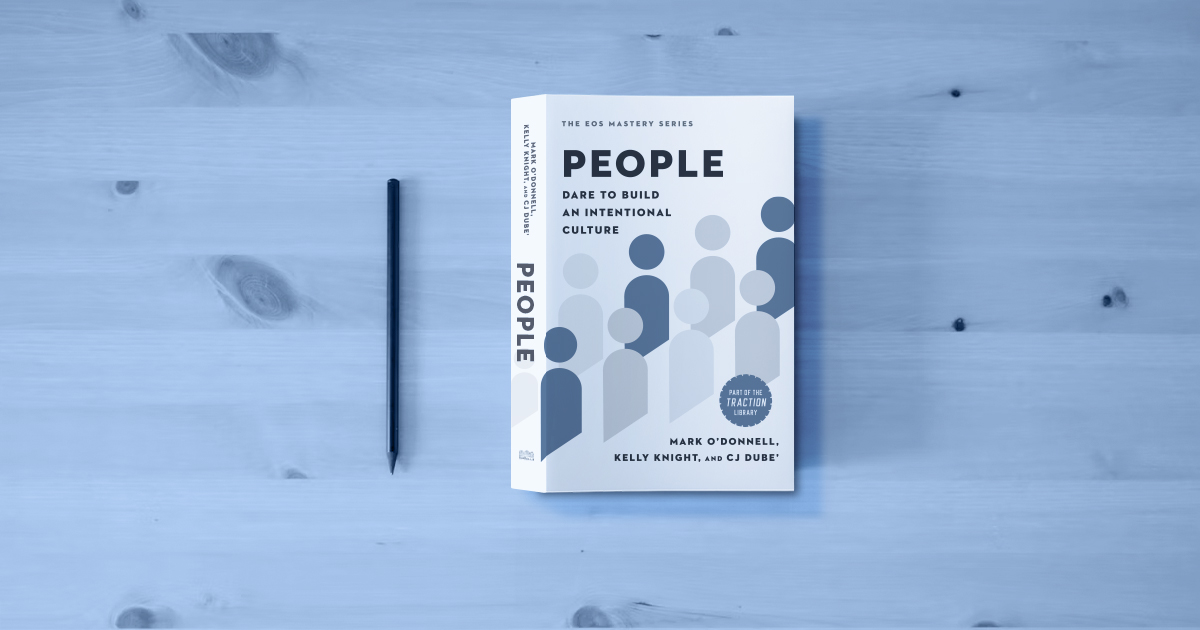*To help our readers navigate their businesses and organizations during the COVID-19 pandemic, we are re-posting this relevant blog post from March 20, 2017

A few years ago, Gino Wickman shared his Ten Commandments of Good Decision Making in his eBook, “Decide! The One Common Denominator of All Great Leaders.”
Each commandment is a gem but the one that resonates with me most is: “Thou Shalt Not Rule by Consensus.” Obeying this simple commandment reassures people that the leader is willing and able to make a tough decision.
In meetings, after everyone has weighed in on an issue, it’s time to decide.
Leaders Decide
Sometimes the decision is clear cut. But, sometimes it’s not so clear. Someone has to decide. In that moment, a leader must lead. Sadly, to avoid conflict or taking an unpopular stand, some leaders look for consensus. But the people are looking for a decision. When the leader takes the middle ground or puts off the decision entirely, frustration mounts.
In their book, “ The Buck Stops Here: The 28 Toughest Presidential Decisions and How They Changed History, ” Thomas J. Craughwell and Edwin Kiester Jr. illustrate tough decisions made by presidents. Here are three:
- Although the U.S. Constitution didn’t grant him the authority, Thomas Jefferson purchased the Louisiana Territory from Napoleon;
- Over the opposition of his own cabinet, Abraham Lincoln published the Emancipation Proclamation that led to the freeing of 4 million slaves;
- Teddy Roosevelt championed the construction of the Panama Canal linking the Atlantic and Pacific oceans
The Worst Thing You Can Do Is Nothing
When decisions are made for the comfort of individuals instead of for the greater good of the organization, bad things happen. We enter the realm of those “cold and timid souls that know neither victory nor defeat.”
There is an element of risk to every decision. Avoid the following:
- “I need buy-in from everyone before we can commit.”
- “Everyone must agree before we can take action.”
- “I want to ensure that everyone is comfortable with this decision.”
- “I want people to take ownership for the decision so they don’t blame me later.”
As Teddy Roosevelt said, when faced with making a decision, “the best thing you can do is the right thing, the next best thing is the wrong thing, and the worst thing you can do is nothing.”
Next Steps:
- Learn to make decisions faster and better by downloading a copy of our free eBook, Decide!
- Download the Issues Solving Track™ from the EOS Toolbox™️ to learn how to IDS (Identify, Discuss, and Solve) issues more effectively.
- Download the first chapter of Traction—the book that shows you how to get your company on track.




